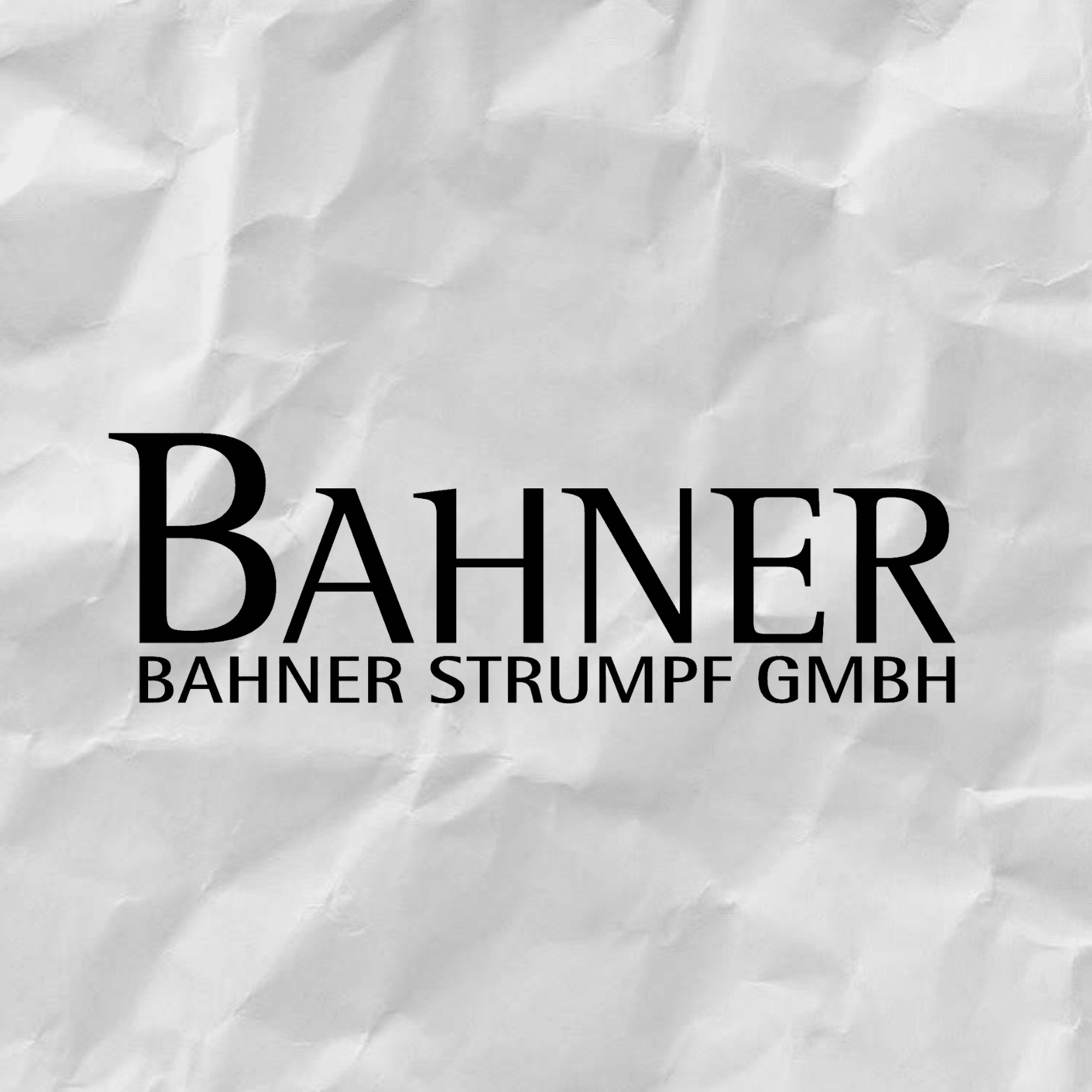About BAHNER Strumpf GmbH

Who is behind BAHNER Strumpf GmbH
My name is Florian Bahner, and I am the founder of Bahner Strumpf. The motivation to establish this company came from a profound personal experience.
As someone who often suffered from tired and aching legs, I was looking for a solution that offered more than just relief. I wanted to create something that was not only medically useful but also stylish.

Why I founded BAHNER
My passion is to help people feel better every day.
My journey began when I saw how much support stockings helped my grandparents improve their mobility and quality of life. This inspired me to develop my own line of high-quality, comfortable, and stylish support stockings.
I wanted to create a brand that not only offers functional benefits but also increases the self-confidence and well-being of our customers.

About our support stockings
Our support stockings are designed to support your legs all day long.
They provide gentle compression that promotes blood circulation and reduces swelling .
Thanks to high-quality materials and careful workmanship, our stockings guarantee comfortable wear and long durability.
Whether in everyday life, at work or during sports – our stockings are the ideal companion for healthy and beautiful legs.
